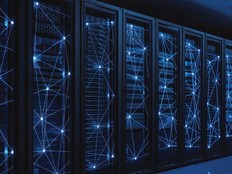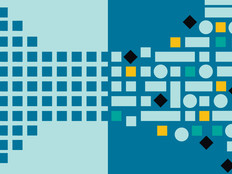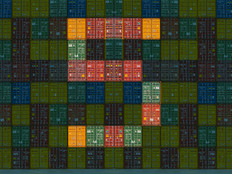Cleaning Up Cable Management on Campus
For all the benefits of server virtualization, the technology can complicate cable management. Peek into the data center, and you might spot server racks sporting snarled messes of spaghetti cabling instead of neatly tied bundles.
Several strategies can help you consolidate and better manage computer cabling in the data center.
- Implement a converged networking architecture.
With the increased density of servers, storage and networking devices, cabling needs also increase. Blade server systems converge IO and networking to connect servers; storage; networks; and keyboard, video and mouse (KVM) systems. Using converged networking adapters (CNA) or mezzanine cards in blade systems enables the same adapter to be used for both storage and general network activity. Converged adapters simplify connectivity and improve flexibility in how CNAs will be deployed going forward.
Network devices such as switches are often added to server and storage cabinets. For example, a top-of-rack, bottom-of-rack or embedded switch aggregates the network and I/O connections within a server cabinet to simplify connectivity to an end-of-row or group of switches. Low-performing servers or storage can use low-cost, low-performance network interfaces to connect to a local switch, while a high-speed uplink connects to a core switch.
- Deploy cable management technologies and best practices.
Do you know which cable goes where and what it connects to? Can you easily identify different types of networks by looking at the cable or identifier tags? Are power and network cables clearly identified? If not, your organization needs some form of a cable management system.
Cable management systems, including patch panels, trunk and fan-in, fan-out cabling for overhead and under-floor applications, are useful for organizing cabling. Cable management tools include diagnostics to verify signal quality and dB loss for optical cabling, cleaning and repair for connectors, as well as asset management and tracking systems. For a relatively low-tech option, label cable endpoints to track what the cable is being used for. Solutions can be as simple as a Microsoft Excel spreadsheet or as sophisticated as a configuration management database with intelligent fiber-optic management systems. An intelligent fiber system includes mechanisms attached to the cabling to facilitate tracking and identify cabling.
- Verify airflow in and around cabling.
While not typically considered green IT, cabling can impact airflow and, in turn, data center cooling costs. A well-designed cable conveyance system enables easy access for maintenance while allowing cool air to efficiently circulate where needed. Improved airflow means air conditioning doesn't have to work as hard, which reduces power consumption and energy costs.
- Deploy Cat 5 for KVM needs.
Simplify support for KVM devices by seeking solutions that leverage Category 5 cabling to let Ethernet wiring do double duty. If network consolidation leaves your organization with unneeded Cat 5 cabling, repurpose it to support KVM needs.
- Don't create problems by cost-cutting.
In the quest to reduce costs, there can be a temptation to cut corners with lower quality cable and connectors. This can cause problems. For example, consolidating too much onto a single resource or cable can create a single point of failure. Invest in quality cabling to reduce total cost of ownership.
Without cable and associated management, servers, storage and network devices aren't able to communicate with each other, access the power they need or be monitored. Proper cable management can help maximize the return on your investment in technology.







